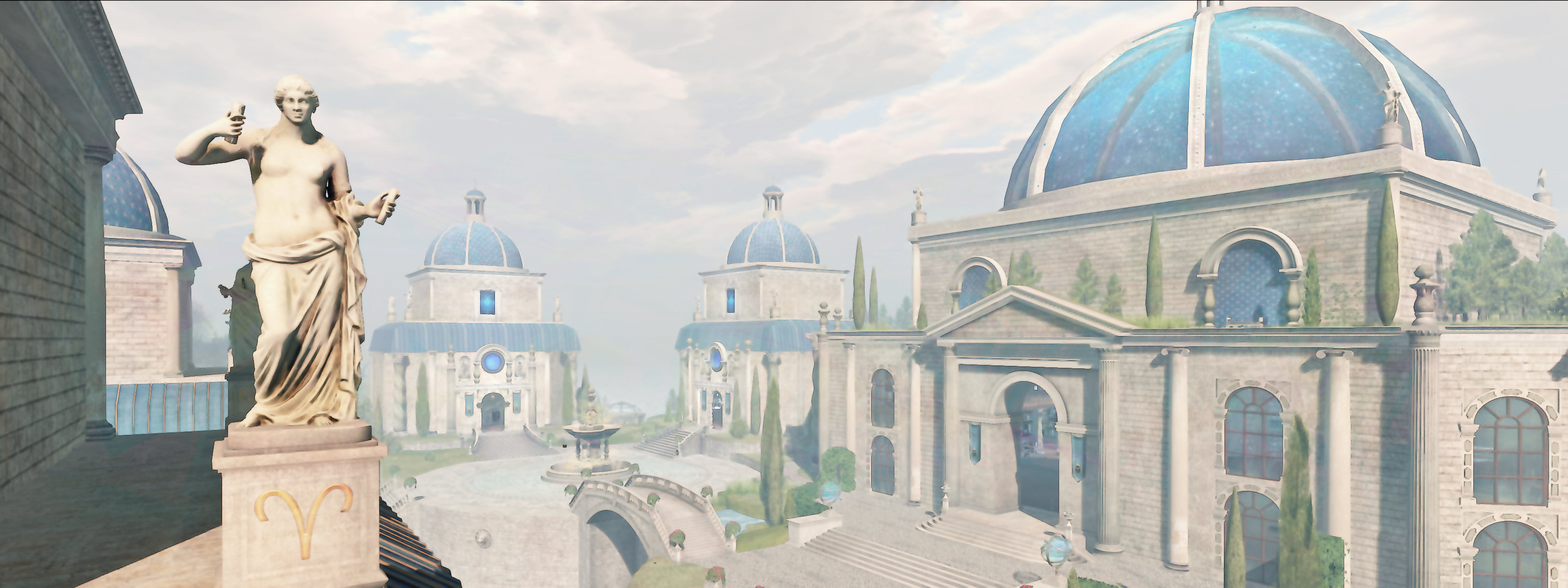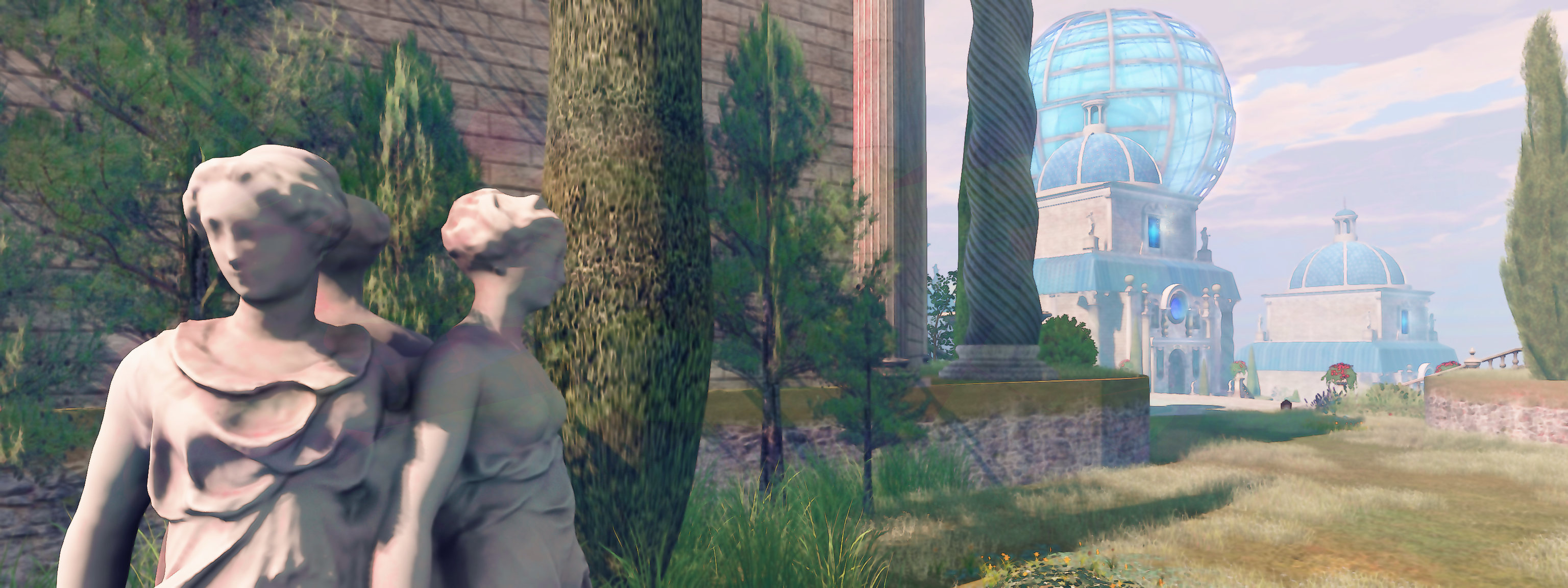
The following notes were taken from my audio recording and chat log of the Content Creation User Group (CCUG) meeting held on Thursday, May 7th 2020 at 13:00 SLT. These meetings are chaired by Vir Linden, and agenda notes, meeting SLurl, etc, are are available on the Content Creation User Group wiki page.
SL Viewer
No further updates this week, leaving the current crop of in-flight viewers as:
- Current Release version version 6.4.1.540593, dated April 27th, promoted May 4th. Formerly the Zirbenz Maintenance RC viewer – NEW.
- Release channel cohorts (please see my notes on manually installing RC viewer versions if you wish to install any release candidate(s) yourself):
- CEF Special RC viewer, version 6.4.1.541204, April 30.
- Camera Presets RC viewer, version 6.3.9.538729 March 25.
- Love Me Render RC viewer, version 6.3.9.538760, March 25.
- Project viewers:
- Copy / Paste viewer, version 6.3.5.533365, December 9, 2019.
- Project Muscadine (Animesh follow-on) project viewer, version 6.4.0.532999, November 22, 2019.
- Legacy Profiles viewer, version 6.3.2.530836, September 17, 2019. Covers the re-integration of Viewer Profiles.
- 360 Snapshot project viewer, version 6.2.4.529111, July 16, 2019.
CEF Viewer
The “special release” CEF RC viewer, version 6.4.1.541204, does contain the anticipated codec, etc., updates. However, it is classified as a “special” release at this point in time, as it includes some “short cuts” taken in the build process in order to get it out as a proof-of-concept for the Adult Swim event.
The recommendation is that TPVs should not adopt the code from this particular build, but to wait until a more formalised RC release of the CEF updates is made.
See: Exclusive Adult Swim Second Life Event: Introducing Live Video Streaming in SL (Linden Lab) and Adult Swim special streaming event in Second Life (this blog).
OpenGL Replacement
As has been noted in this blog and elsewhere, Apple is deprecating OpenGL. This has raised questions over the last several months about the future of graphic support in SL for OS X.
Currently, one of the routes under consideration is to undertake a complete switch-over (Windows and OS X) from OpenGL to using Vulkan.
- This is not a final decision, it is just one option under consideration, albeit one that is getting a good degree of thought.
- Numerous pros and cons have been identified with such a switch. However, more analysis is required before a decision is made – e.g. overall impact on shaders, etc.
- Even with any shift there are crucial questions to be asked, including how might it impact users on older, lower-spec systems. To help determine this, an upcoming RC viewer from the Lab will have some additional data collection code that will check to see if systems have / can support Vulkan.
- Vulkan could potentially streamline some of the alpha sorting issues seen with OpenGL, and might also provide some general performance improvements.
- There is a temptation when running a major graphics overhaul to try to include additional work as well, leading to drawn-out projects (a-la EEP). To avoid this, were a move to Vulkan to be made, LL will likely go for a focused implementation of Vulkan support, with broader graphics / shader work positioned as future follow-on work.
Advanced Lighting Model
With regards to any graphics system update, it is possible that the requirement to run with the viewer’s Advanced Lighting Model (ALM) always enabled might become universal. LL are aware that many people run the viewer with ALM disabled, and so are curious as to how much impact any decision to make it universal might have.
Part of the problem here is that people disable ALM for a variety of reasons. For example:
- Those on metered / slow connections may disable it, to avoid having the additional load of downloading materials information (normal and specular maps).
- Some disable ALM in the (not always accurate) belief that it carries a heavy performance hit, which is not necessarily true (e.g. enabling ALM on its own generally doesn’t place too much overhead on a system, but enabling ALM and shadows rendering does – so the trick is to turn of shadows via their own drop-down, rather than disabling ALM entirely).
In brief
- The viewer’s bandwidth usage was raised – notably the 3000 Kbps upper limit, and whether this was still valid in the era of fast connections people can access. Whether the limit is still valid or not is unclear (particularly how higher limits might stress the servers in terms of requests for information), however, it is seen as something the Lab could potentially look at.
- Caching viewer: the upcoming viewer with updates to the cache is primarily focused on the VFS cache. If this is successful, it is possible the texture cache may be folded into the same structure.
- Official Linux viewer: not news. The idea of the Lab providing (with third-party contribution support) a core Debian package & leaving the libraries to TPVs / self-compilers to determine based on the flavour of Linux they want to use is essentially at a standstill due to lack of resources.
- Next meeting: Thursday, May 21, 13:00 SLT.






